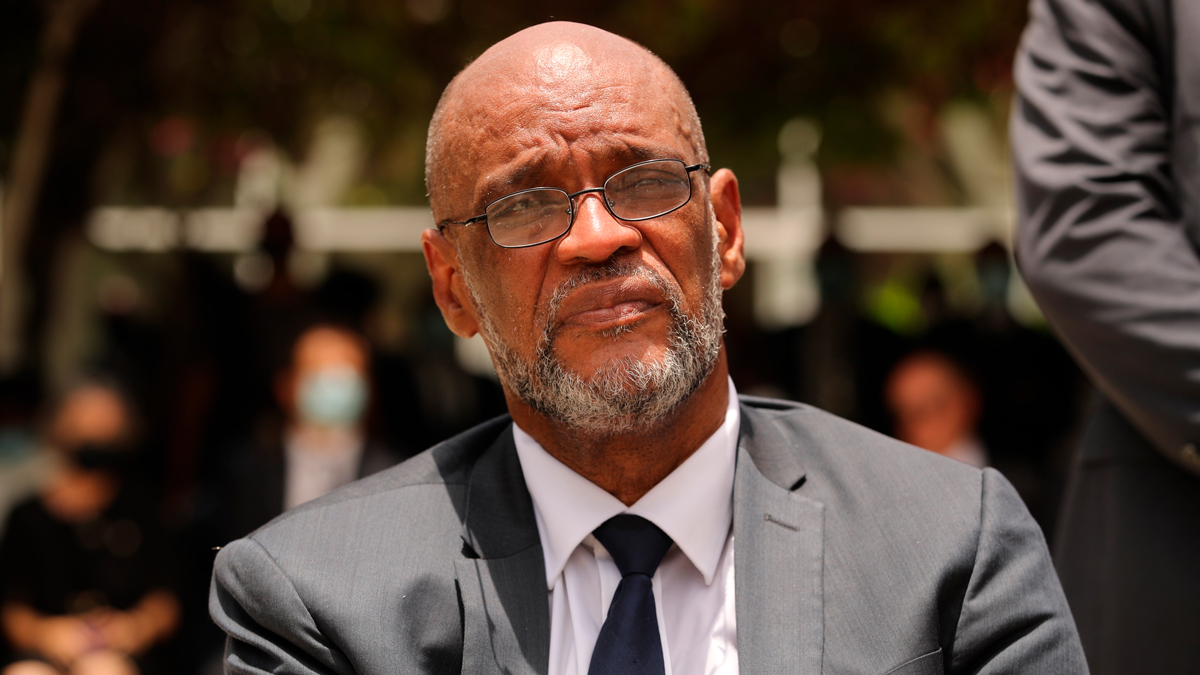National Transportation Safety Board investigators said the bridge collapse was unavoidable once U-10 steel gusset plates failed. Investigators also ruled out any pre-existing cracking as a factor in the accident.
A hearing into the collapse quickly focused on the U-10 gusset plates on the Interstate 35W bridge. The safety board as far back as January had identified design flaws in the plates as a critical factor in the collapse.
The bridge shuddered and then tumbled into the Mississippi River on Aug. 1, 2007 during evening rush hour, killing 13 and injuring 145.
A final ruling is expected near the end of a two-day hearing at which NTSB investigators are laying out what they have learned since the accident — a harrowing event seen by many as a wake-up call for a nation that had neglected its infrastructure for too long.
The bridge, finished in 1967, was called "fracture critical," which meant that a failure of any number of structural elements would bring down the entire bridge.
Safety board investigator Jim Wildey said there is "nothing inherently dangerous" about this type of bridge so long as each structural element is designed to withstand the expected stress loads.
Board member Kitty Higgins asked Wildey how he could rule our corrosion as the reason for the gussets' failure. If corrosion had been involved, it might have indicated a maintenance or inspection failure by state officials.
U.S. & World
"In the case of these gusset plates at node U-10, there simply was no corrosion to identify in any areas associated with the fracture," Wildey replied.
Board chairman Mark Rosenker said that investigators got a "couple of lucky breaks" along the way, including a video of the collapse, a photograph of the bridge a couple of hours before the collapse, and access to someone who was part of the original design team.
Joe Osterman, managing director of the safety board, took issue with Rosenker's characterization, saying those were all products of thorough investigative techniques.
From the start, the investigation has been laced with politics. Democrats in Minnesota heaped criticism on the state's Republican governor, Tim Pawlenty, and Democrats in Congress said the accident showed the nation's roads and bridges were crumbling.
Board members, though, vowed at the start of Thursday's hearing to keep politics out of their deliberations.
"We are here, not to protect other agencies or other organization, we are not here to point fingers or to lay blame, or find fault ... We are not here to push personal agendas. We're here to seek the truth," said board member Robert Sumwalt.
An interim NTSB report in January cited a design error as the likely culprit for the collapse: 16 fractured gusset plates. The plates, components that helped connect steel beams, were designed at only half the required thickness.
At the time, Rosenker called that design error a "critical factor" in the collapse. He also said there was little chance that state bridge inspectors would have noticed undersized gusset plates.
Pawlenty took that as a measure of vindication because the initial focus had been on his administration's program for maintaining bridges.
Rosenker's comments angered Rep. Jim Oberstar, a Minnesota Democrat who chairs the House Transportation Committee. Oberstar argued that the early pronouncement committed the safety board to a finding that might not bear out with further investigation.
Following the January report, internal NTSB memos have focused on the gusset plates and the weight of construction materials on the bridge for a resurfacing project at the time of the collapse.
But even if the NTSB excludes other potential causes, such as cracking, corrosion or other wear, pressure will remain on states to ramp up maintenance and inspections.
"Regardless of the final determination on that case, it brought to people's attention the fact that our infrastructure is aging," said Greg Cohen, president of the American Highway Users Alliance, an advocacy group representing a wide range of motorists.
"No state wants to be the next state that this happens to," said Cohen.
During his campaign for the White House, President-elect Barack Obama cited the Minneapolis bridge collapse and called for spending more on the nation's crumbling highways, bridges and tunnels.
In July, the House passed legislation authorizing an additional $1 billion next year to rebuild structurally deficient bridges on the national highway system. The bill would also require states to come up with repair plans for troubled bridges.
The Senate has yet to act on the bill. If no action is taken during a lame-duck session that starts next week, lawmakers would have to start anew on the legislation in January.
An interesting examination of the evolution of engineering through the spectacular failure of structures is "To Engineer is Human," by Henry Petroski.



